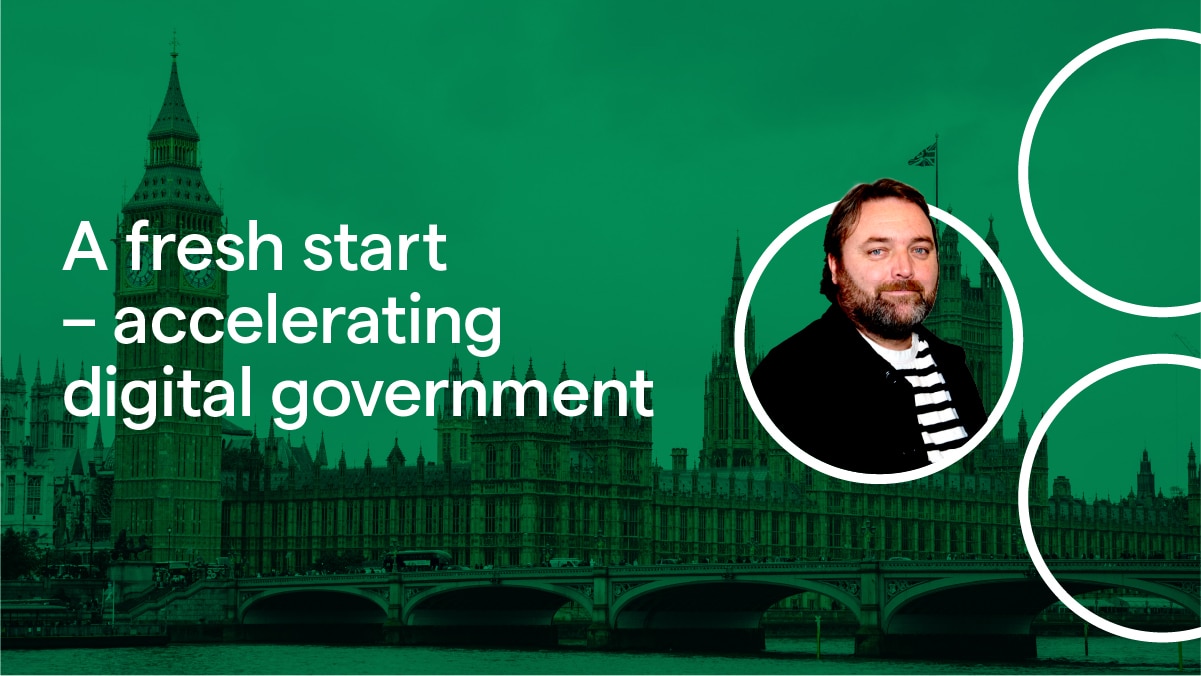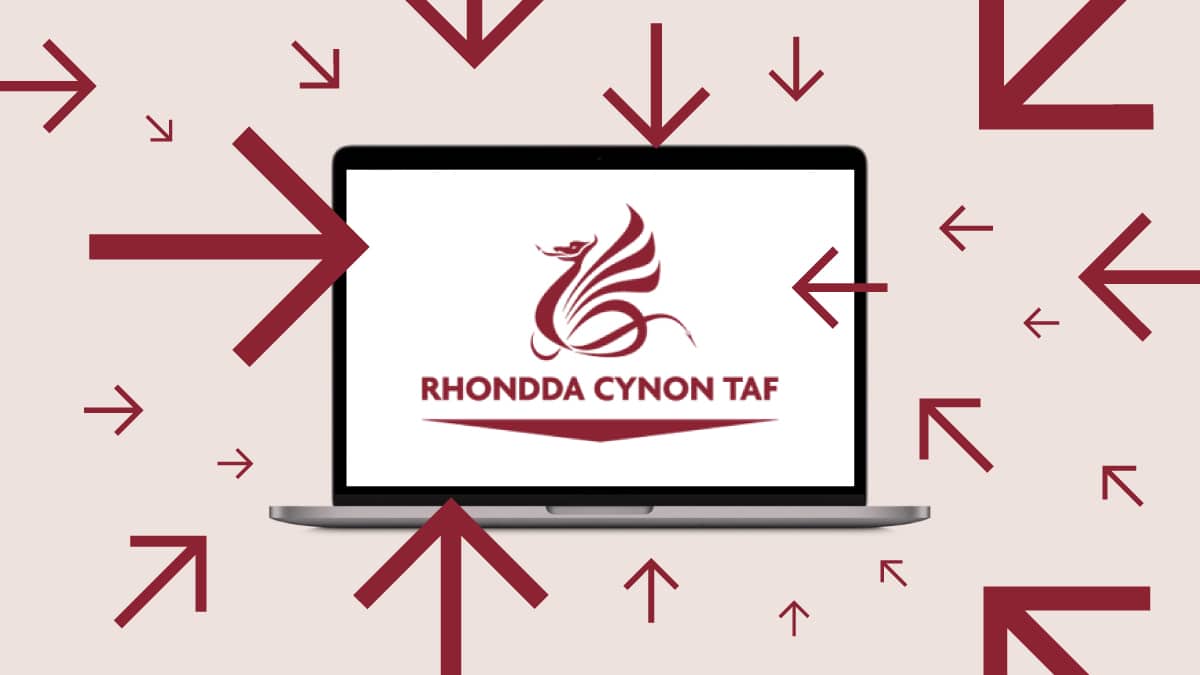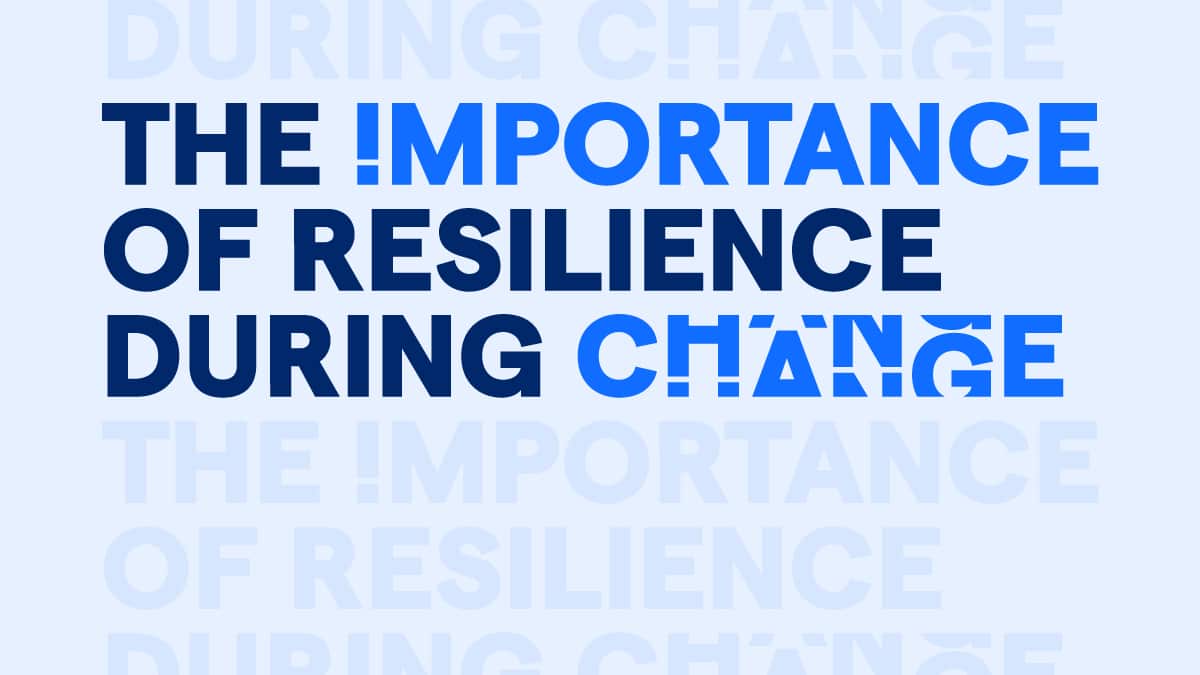Machine Learning, coding and racing model cars
10 min read Written by: Chris Elias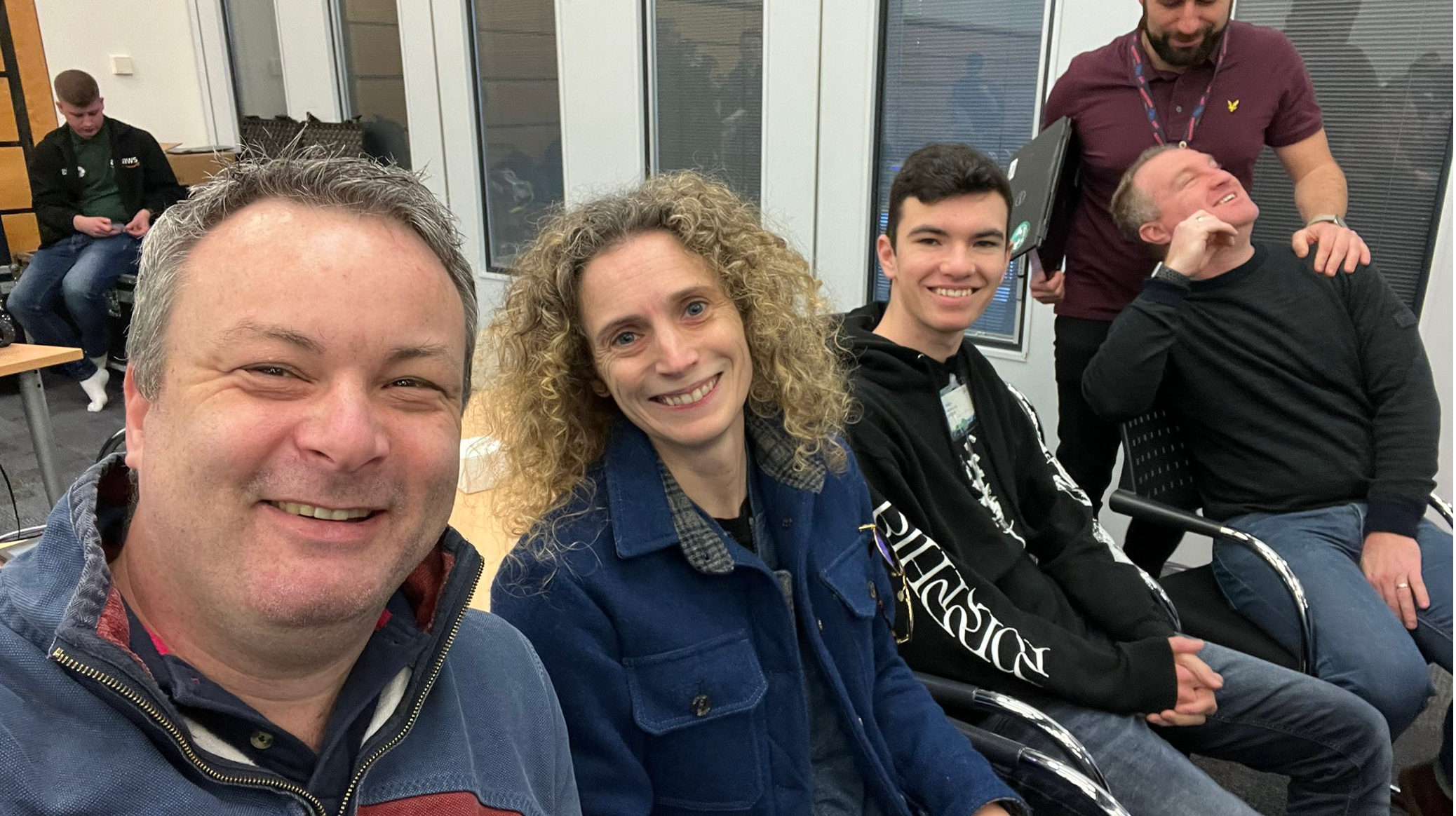
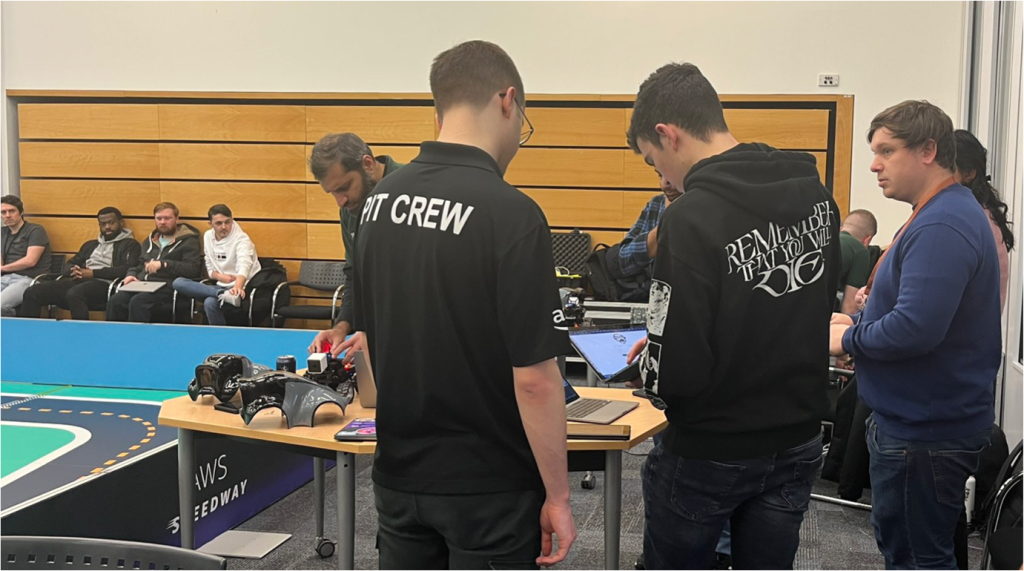
AI and machine learning continue to be hot topics for 2023 across all disciplines as the technology evolves and provides opportunity for automation and efficiency. This week Amazon Web Services (AWS) held the AWS Deep Racer Inaugural Swansea Championship inviting organisations from across Swansea to enter a team and get involved. We couldn’t resist going along to learn more and took the opportunity to get some help from a Computer Science student from a local Sixth Form.
Hi, I’m Lewis, a year 13 student at Olchfa School in Swansea. I’m currently studying for A levels in Maths, Physics, Computer Science and Government and Politics and I’m hoping to go to University in September to study Computer Science. I have a particular interest in AI and the future of machine learning. As part of my learning, I’ve been reading papers by computer science minds such as Alan Turing and John McCarthy as well as looking at companies such as Tesla to expand my knowledge of the functioning and development of AI. I am developing this research and learning as part of my Welsh Baccalaureate individual project this year which is about whether we can entrust AI to undertake human tasks. So, I was looking forward to joining the team from Perago and supporting with coding of the model to see what it could do.
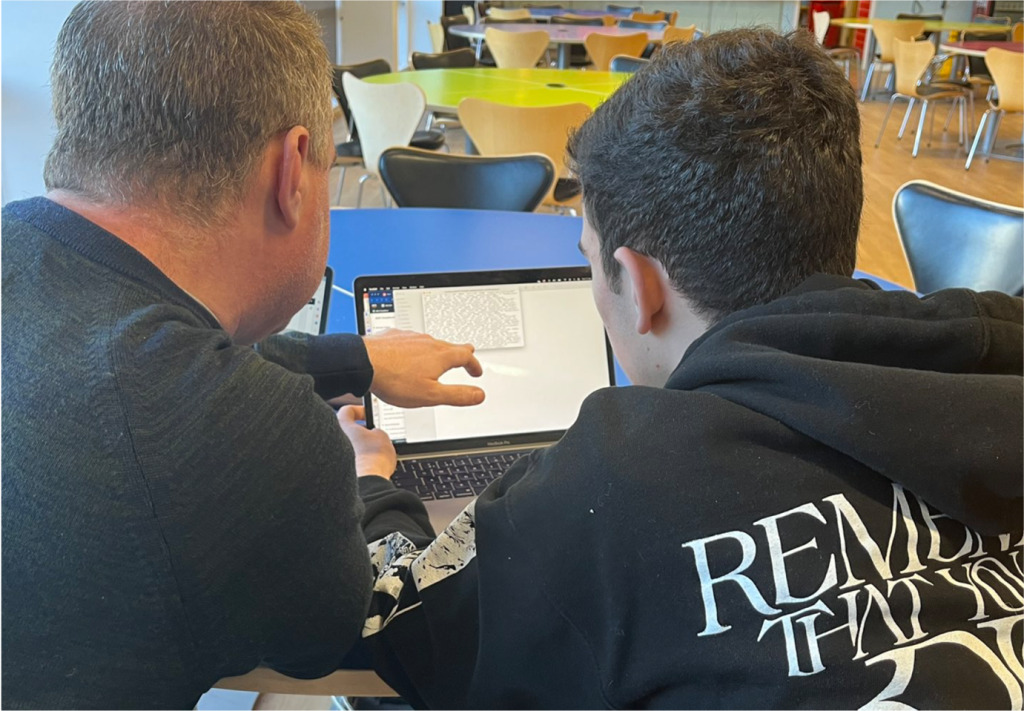
AWS and automation
In the first part of the day we heard from the DVLA software engineering team as well as representatives from AWS. They talked about how AWS worked and how it had been incorporated into the DVLA’s systems. The talks were very intriguing and gave a good insight into where the world might be heading in terms of cloud-based software and services such as AWS.
Creating the perfect automation
Then it was time to start prepping our cars for the Deep Racer championship.
We worked as a team to create what we thought would be the best code to optimise the speed and accuracy of our model. We then had to train each individual model we coded so that it could learn how to go around the racetrack. After trying many different ideas, we evaluated each model to find out which was the most successful, but most importantly, the fastest!
Race time
Then it was race time. Being the last team to race meant that we had an opportunity to watch other contestants and see what time we needed to aim for. 4th place was secured with a time of 12.1 seconds by another team and our evaluation told us that one of our models could beat that with a time of 11.2, the game was on!
After uploading our model onto the race car, it was time to set off, but it didn’t go quite to plan…our program tried to balance steering and speed, so it could speed up when we were on a straight, but slow down when we had to turn a corner. However, it turned out that we were expected to control the speed manually! Unfortunately, this seemed to mess with our whole program and we ended up with a time of 31.1 seconds – not exactly what we were hoping for!
17th out of 19th could have been worse. But it definitely could have been better!
Learning from doing
The whole experience was very interesting. I was able to learn a lot about the design of AI but also the way in which cloud is being used and will be used in the future.
Thanks to the Perago team for letting me get involved. I’m confident we can go back better and stronger next year, and I’m determined to place in the top 5!
